Key Takeaways
- Some JRPGs start with characters at rock bottom, like
Code Vein
, making players prove their worth. -
Final Fantasy 12
features Vaan, a street kid, who doesn’t end up a chosen one, but follows events instead. - Link in
Ocarina of Time
starts completely empty-handed, unlike the usual
Zelda
formula of having some gear.
The first thing that jumps to mind when JRPG tropes come up is the hero’s journey, where the young protagonist awakens to some new power or destiny and must set out on their adventure to understand it and save the world. As such, players are used to controlling a main character who starts with an advantage, even if they have to get stronger over time.
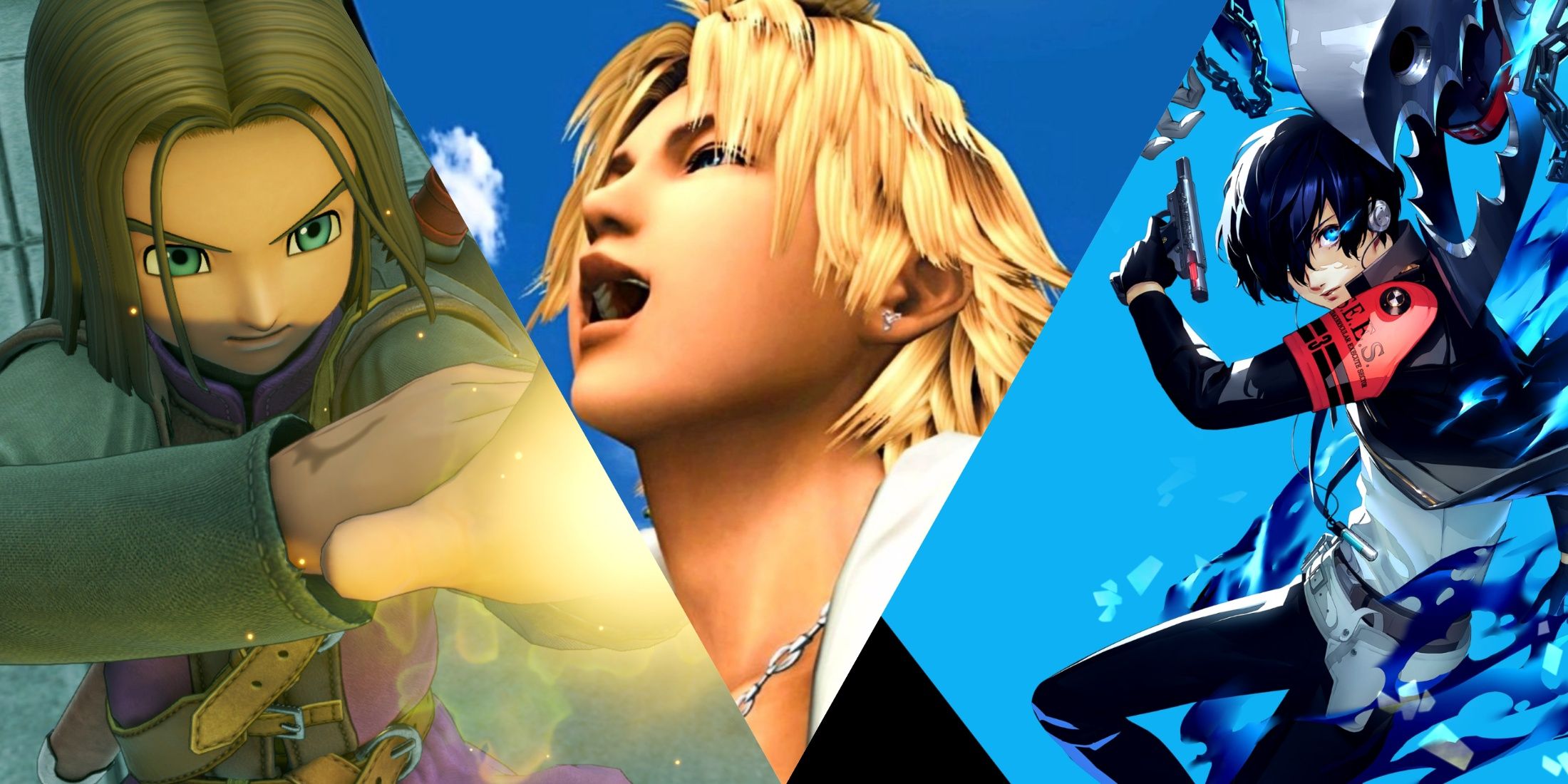
Related
10 Best Turn-Based JRPG Franchises, Ranked
The following turn-based JRPG franchises stand out among the rest as the best in class.
Not every JRPG chooses this classic story setup though, and some even choose to turn it on its head, presenting a character who isn’t inherently special, and has to prove their worth. These JRPGs all choose to start the player with nothing, often in less-than-ideal circumstances.
8 Code Vein
Slaves To The Blood
- Released
- September 27, 2019
- OpenCritic Rating
- Strong
The world of Code Vein is dark, a post-apocalyptic future where half-human hybrids hunt for an ever-dwindling resource called Blood Beads. The player starts as nothing but a slave, tasked to hunt for these Beads, not even for their own benefit but for their masters. To make matters worse, they’re hunting these Beads in monster-infested ruins, with nothing but a lead pipe for defense.
Admittedly, Code Vein does later fall back on more of a “chosen one” trope. After defeating their first boss, players discover that they have the ability to absorb others’ Codes, which essentially function as the game’s class system. Players certainly start at rock bottom here though.
7 Shenmue
9 To 5 Simulator
Shenmue
- Released
- November 7, 2000
- OpenCritic Rating
- Fair
Shenmue tells a revenge story that wouldn’t be out of place in a martial arts movie. The game starts with the death of the main character’s father, and players have to track down his killer with virtually no information to go on.
Not only has the main character, Ryo, lost his father, but he also has to work to find clues, earn money, and get stronger before he can take his vengeance, starting him at square one. Shenmue delights in delivering the grounded minutiae of Ryo’s life that most games would skip over in a montage, such as his day job or his training regimen.
6 Final Fantasy 12
Starting From The Streets
- Released
- October 31, 2006
Out of all the mainline Final Fantasy games, Final Fantasy 12 might have the protagonist who starts at the lowest point. Players start out, after the introduction, playing as the young war-orphan Vaan. He’s a street kid, relying on the kindness of an old man to survive and essentially killing rats for a living.
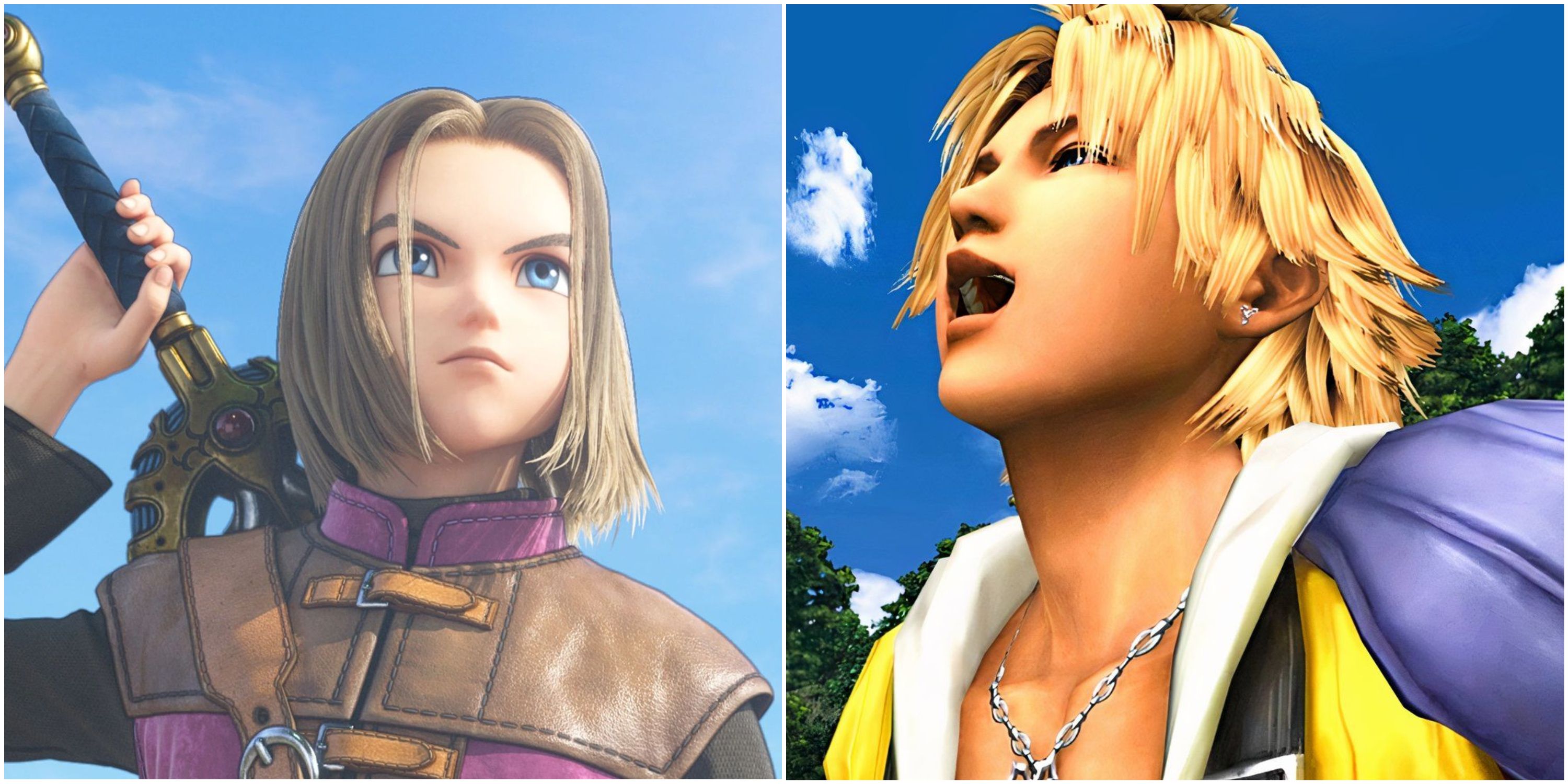
Related
Square Enix’s Best Turn-Based JRPGs, Ranked
From Final Fantasy 10 to Dragon Quest 11, here are the finest turn-based JRPGs Square Enix has developed, and how they rank up.
It’s the impetus to escape this life, as much as anything else, that starts Vaan and his street kid companion Penelo on the adventure that leads them to the rest of the player’s party. The interesting thing about Vaan’s character is that he doesn’t turn out special. He simply follows the greater events he gets caught up in and tries to do what he thinks is right.
5 The Legend Of Zelda: Ocarina Of Time
Link Is Left Empty Handed
The Legend of Zelda games often take the same approach to building Link’s power that is seen in Metroidvanias. Link solves puzzles or uncovers secrets, and he gets a new ability or tool that lets him get to new places on the map. He usually at least starts with something to fend off monsters, though.
Not in Ocarina of Time, which sees Link start completely empty-handed. He even has to navigate around and solve a brief tutorial puzzle to get his sword. All other equipment has to be earned or bought too. Ocarina of Time really does start Link at the bottom, before later giving him some impressive, time-altering powers.
4 Dark Souls
Prisoner Of Fate
- Released
- September 22, 2011
- Publisher(s)
- Namco Bandai
- OpenCritic Rating
- Mighty
All the Souls games allow the player to start with nothing if they so choose. The “Deprived” starting class and its equivalents are essential for level 1 runs and other challenges. In the original Dark Souls, though, even if players choose an equipped starting class, they have to navigate the Undead Asylum before they can pick up their gear.
This, of course, includes a run-in with the Asylum Demon, in one of the most memorable tutorial area intros in all gaming. The setup gives players a taste of how harsh and intimidating the world of Dark Souls is going to be, well before they’re even equipped to deal with it.
3 Persona 4
Everyday High School Drama
The Persona series often uses a similar setup for all of its main characters. The protagonist has to move to a new town, live with a relative, and attend the local school. Unlike Persona 5, which starts with a glimpse of what Joker can do, Persona 4 puts players straight into the role of the average high school kid.
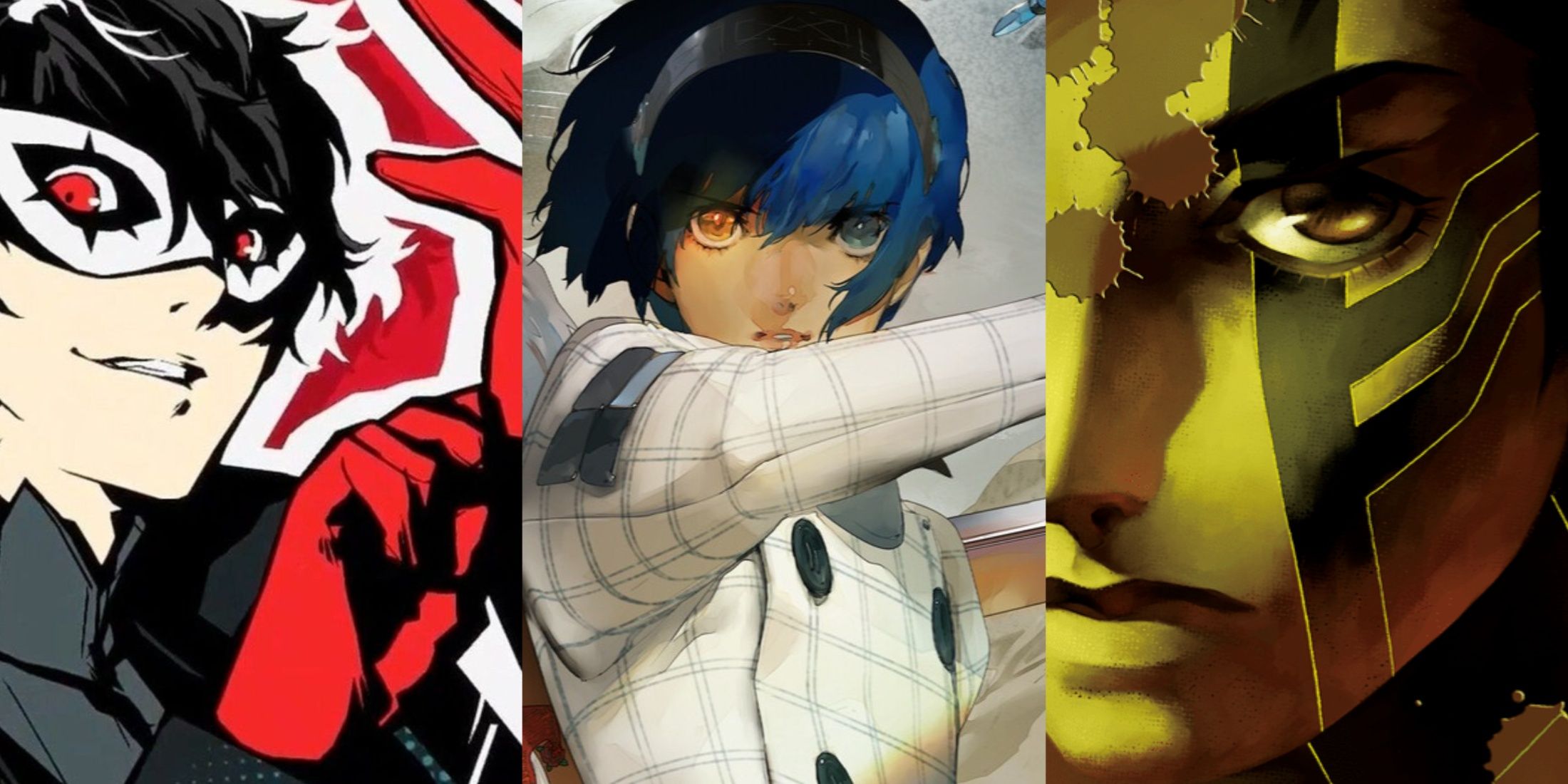
Related
9 Most Replayable Atlus JRPGs, Ranked
Atlus is renowned for crafting incredible JRPG experiences, but these games offer the most replayability across all of their JRPG titles.
Persona 4 takes starting with nothing seriously. Players are in a new town, so they have no friends, they have no money unless they take a part-time job. It even takes a while for the game to reveal the main hook, the protagonist awakening their powers as a Persona user. There are in-game days worth of high-school drama to work through and friends to meet first.
2 Yakuza: Like A Dragon
Left For Dead
- Released
- November 10, 2020
- OpenCritic Rating
- Mighty
The Yakuza series has often tasked players with building themselves up from humble beginnings. Few games have given their protagonist as many setbacks as Ichiban Kasuga gets in his introduction, though.
Not only does Yakuza: Like A Dragon start with Kasuga being released from prison, serving time for a crime someone else committed, it’s not long before his own boss shoots him in the head. He’s left for dead, in a new town, homeless and friendless, until he’s saved by fellow homeless guy, Nanba.
The whole story of the game revolves around Kasuga pulling himself up by his bootstraps, too. He has to learn how to make money and fend for himself fast, as the events of the game start to gather pace.
1 Bloodborne
Beasts All Over The Shop
FromSoftware loves starting the player off at a disadvantage, and Bloodborne‘s introduction highlights that point. After a cryptic opening cutscene with mention of a contract and a strange blood transfusion leading to a blood-soaked nightmare, players awake in a seemingly abandoned medical clinic.
It’s not long before players run into a werewolf-like beast feasting on a corpse downstairs, a fight players either have to run from, or take on unarmed. Either dying here or running to the nearby lamp will take players to the Hunter’s Dream, where they can take some momentary respite and finally equip their starter weapons.
Of course, Bloodborne also has its own version of the Deprived class, called the Waste of Skin, for players who truly want to start on the lowest rung of the ladder. The pervasive sense of horror and defenselessness in Bloodborne‘s introduction would fit right in with any survival horror game.
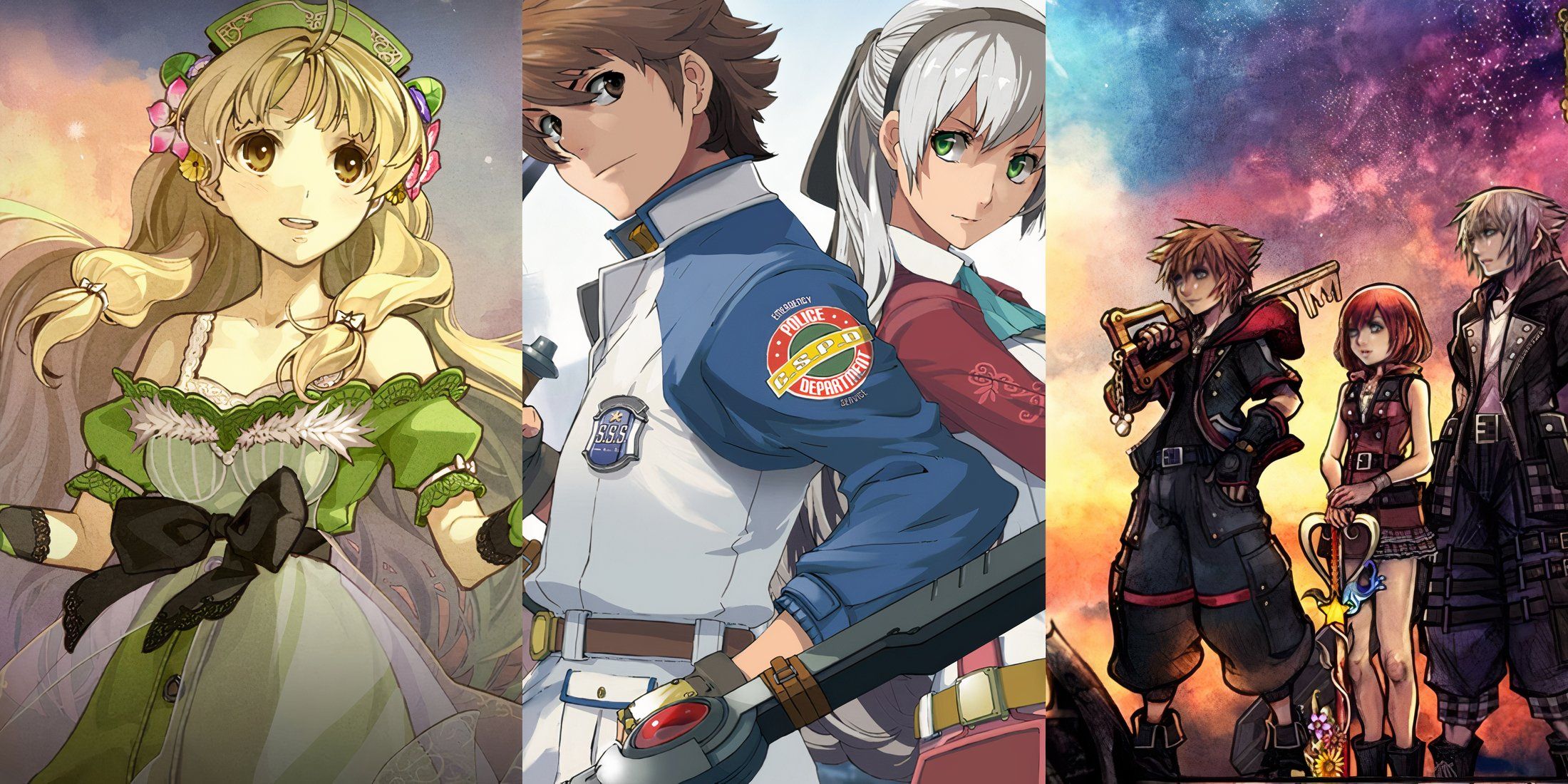
More
8 Best JRPG Series With Overarching Stories That Last Multiple Games
The JRPG genre has some of the longest-running franchises in gaming but shockingly few feature overarching stories that last multiple games.
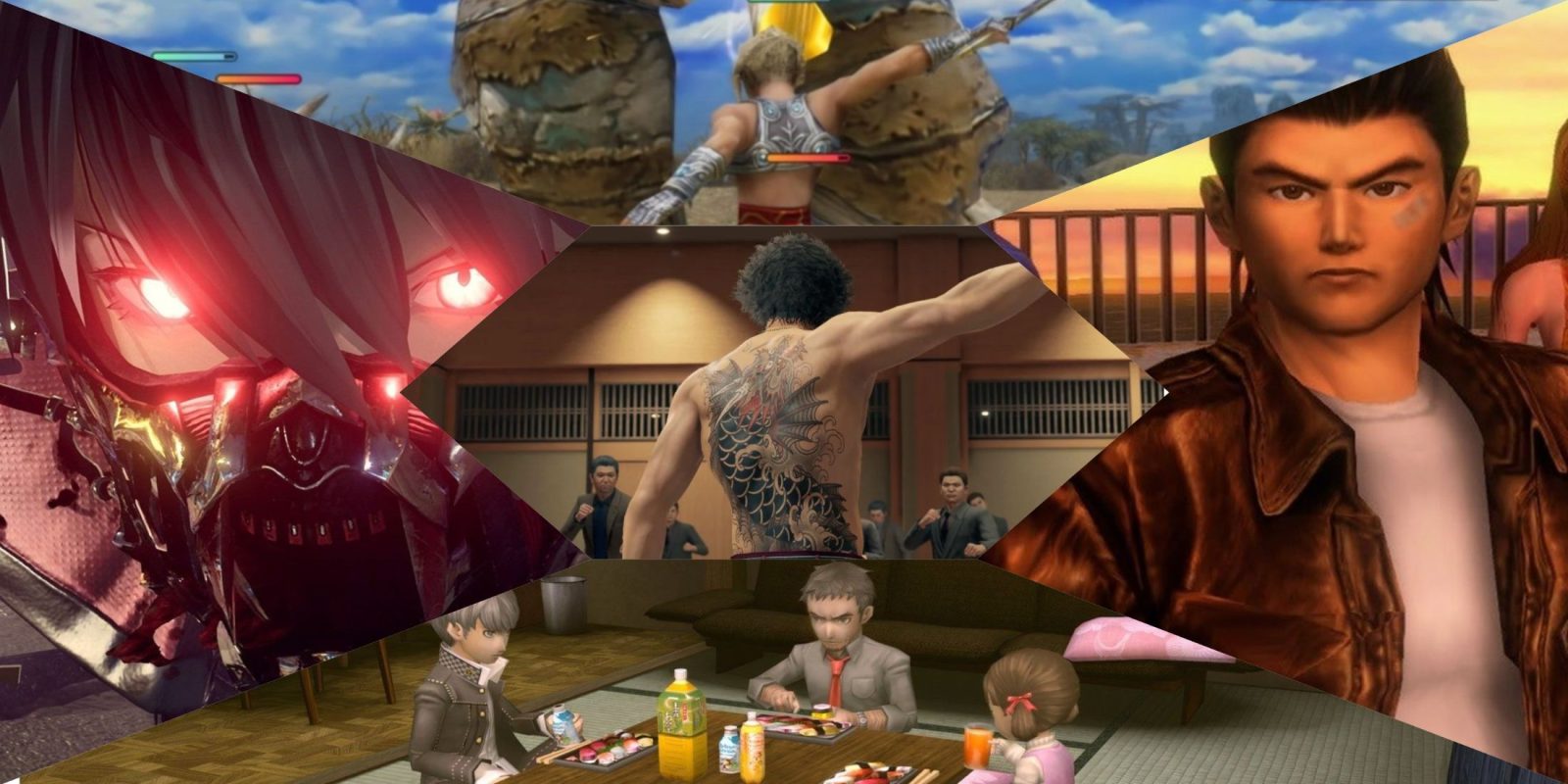



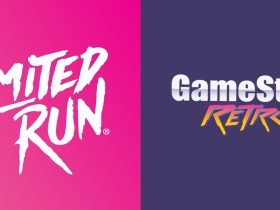

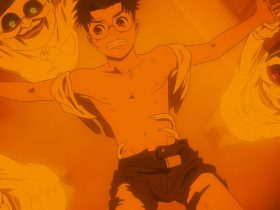

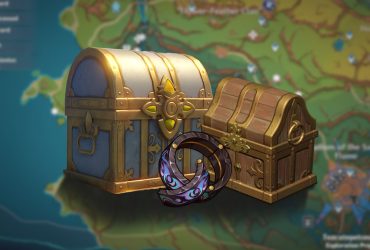
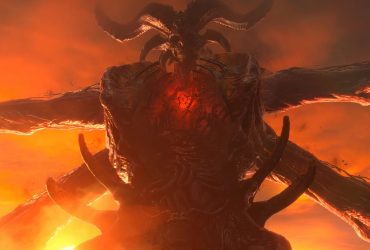
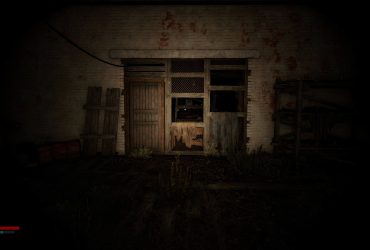

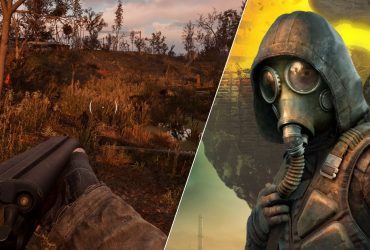
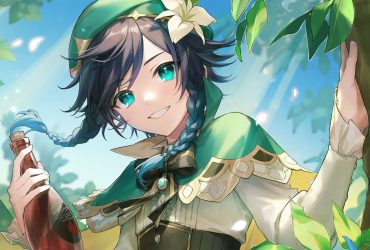
Leave a Reply